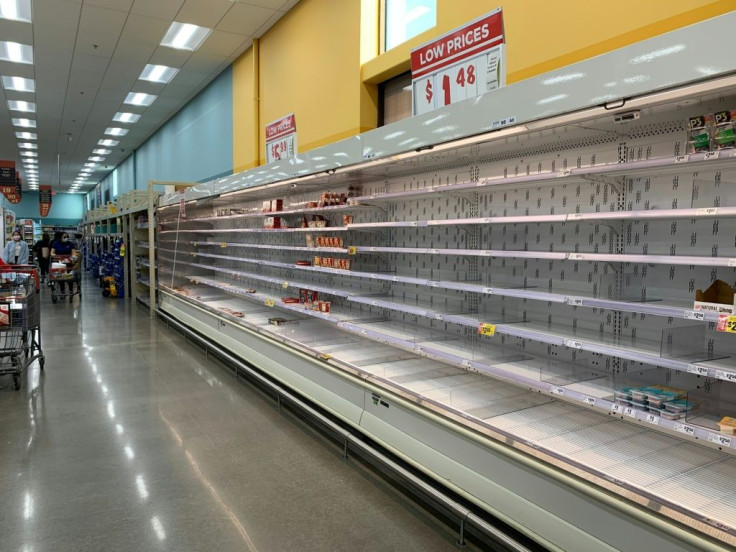US Retail Sales Plunge 3% In February: Govt
US retail sales fell 3.0 percent in February, the Commerce Department said on Tuesday, as winter weather forced shoppers to defer purchases.
The seasonally adjusted data showed the decline from the prior month was much worse than expected and comes as businesses in the world's largest economy look to bounce back this year after struggling in 2020 after the Covid-19 pandemic hurt household spending.
The report showed broad declines across many categories including autos, furniture and electronics, and followed a 7.6 percent sales jump in January.
However, analysts expect spending to accelerate in the months to come, thanks to another round of stimulus checks of as much as $1,400 per-person and the other aid flooding into the economy from President Joe Biden's $1.9 trillion aid plan approved last week, and as Covid-19 vaccine campaigns accelerate.
"The key to the recovery is restoring spending on services," Diane Swonk of Grant Thornton said on Twitter.
"The data also underscore how much we have come to rely of stimulus and emergency aid when the economy suffers setbacks due to the pandemic. The hope is that... we are close to some kind of a finish line (with) vaccines."

Gasoline stations managed a 3.6 percent increase from January as oil prices jumped, while food and beverage stores saw flat sales.
But declines were seen everywhere else, including department stores, which dropped 8.4 percent, and sporting goods and hobby stores, which fell 7.5 percent.
Even nonstore retailers, like ecommerce sites that saw decent business even during the worst of the pandemic, fell 5.4 percent.
Ian Shepherdson of Pantheon Macroeconomics said the report captured the impacts of winter storms that disrupted business in the Midwest, particularly Texas, and the $600 stimulus checks Congress approved in December, which were likely spent in February.
"The key point here is that these data tell us nothing about how the economy is likely to perform over the next few months," Shepherdson said.
"We expect the next few months to bring big increases, on the back of the current round of one-time payments -- two-and-a-half times bigger than the (previous) checks -- and the reopening of the economy as Covid recedes."
© Copyright AFP 2024. All rights reserved.





















